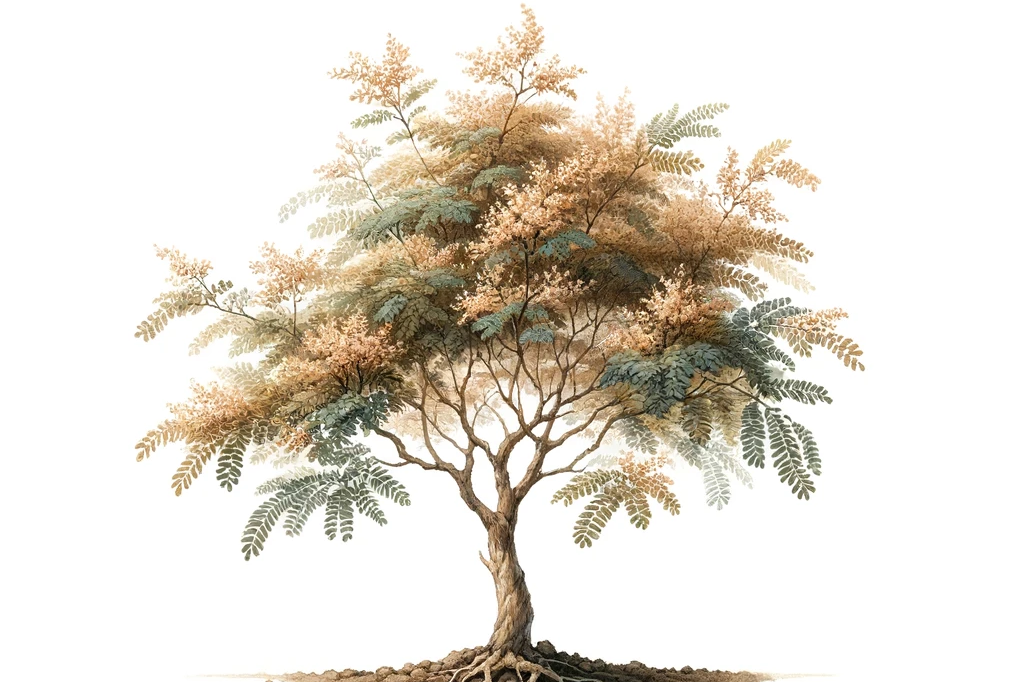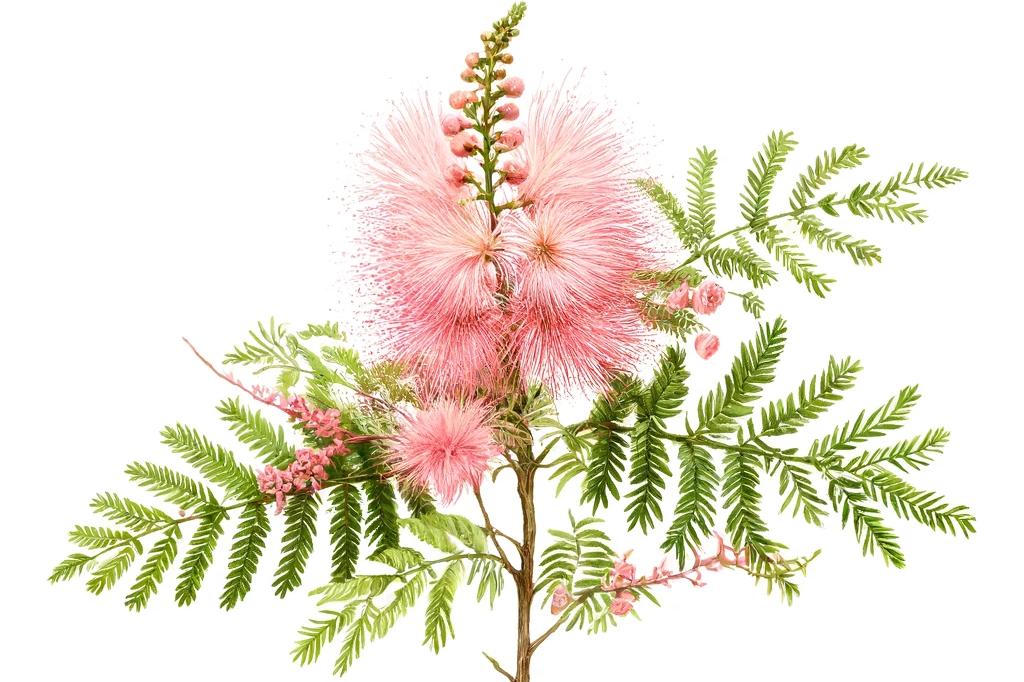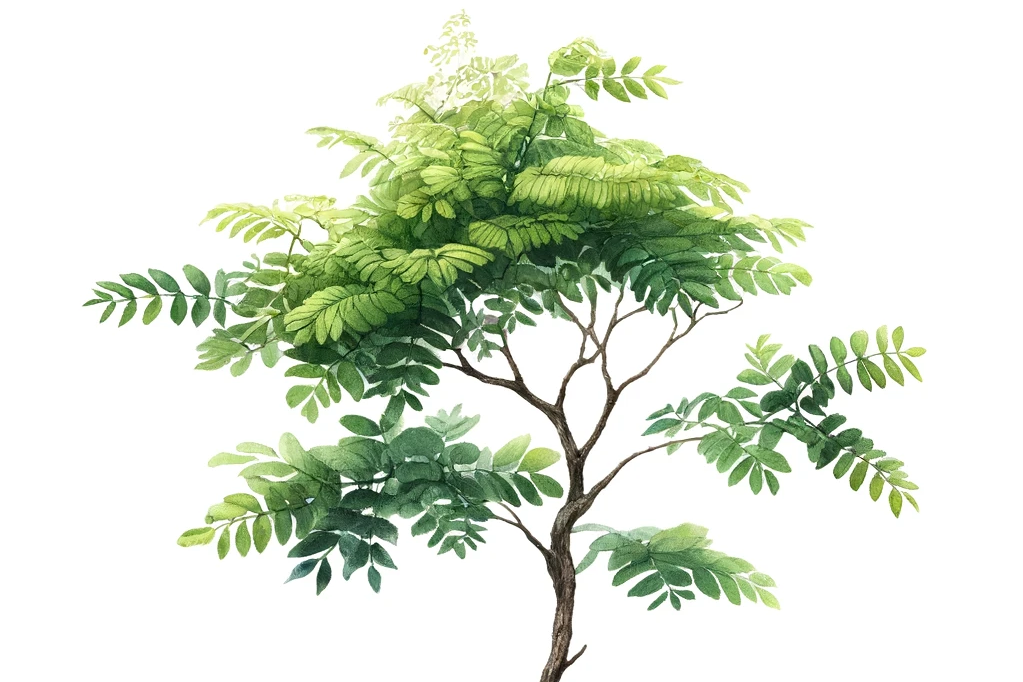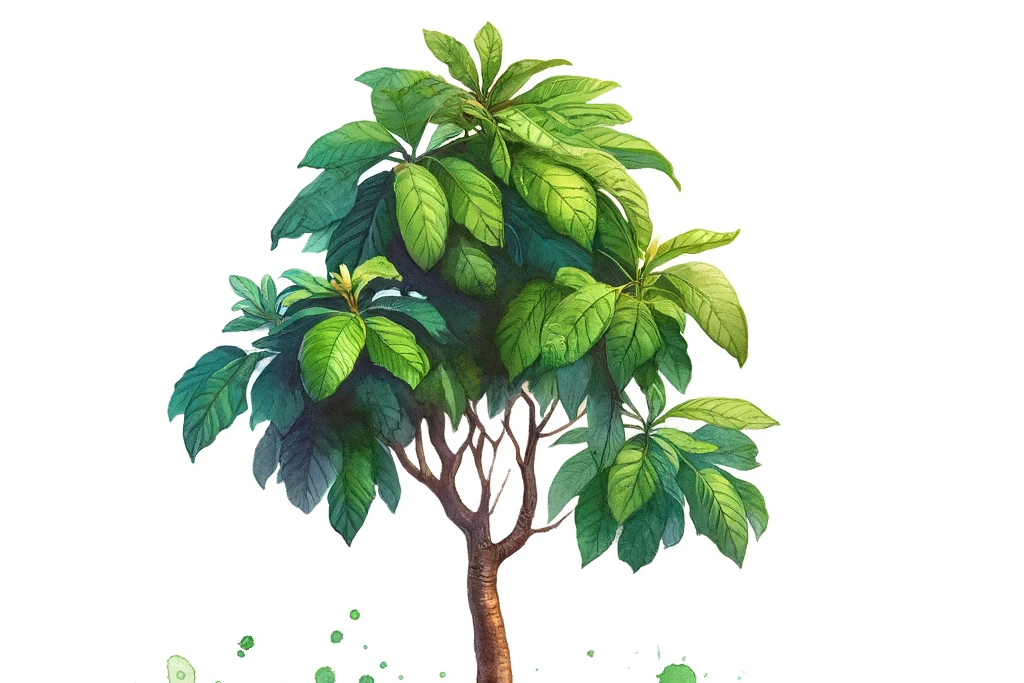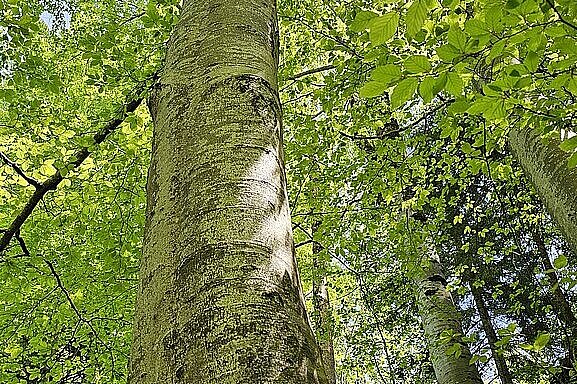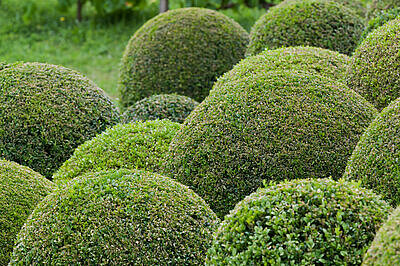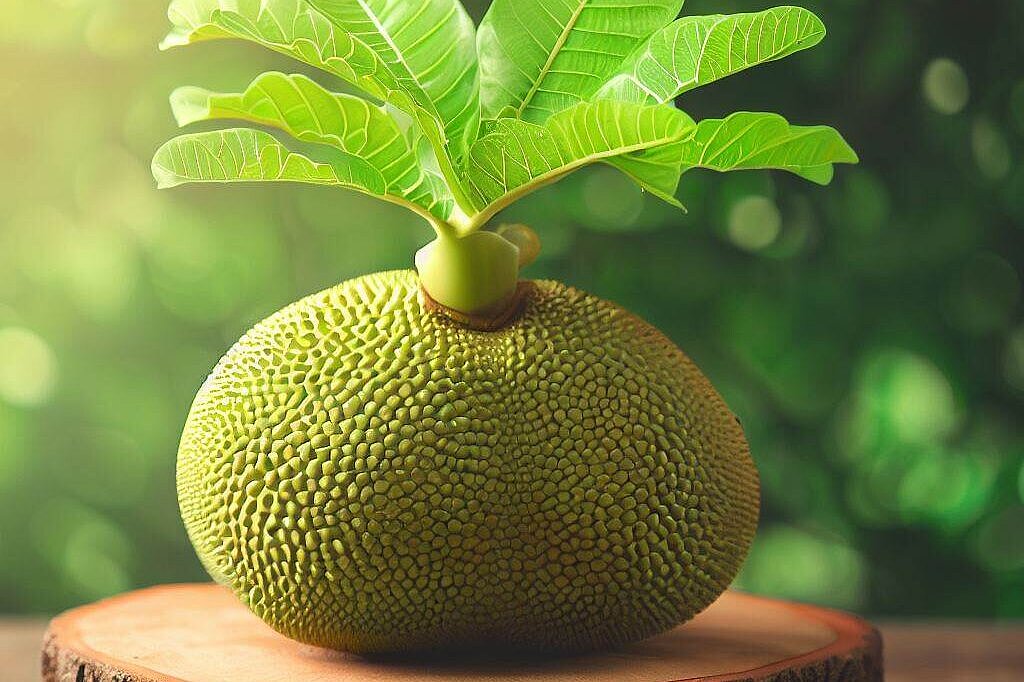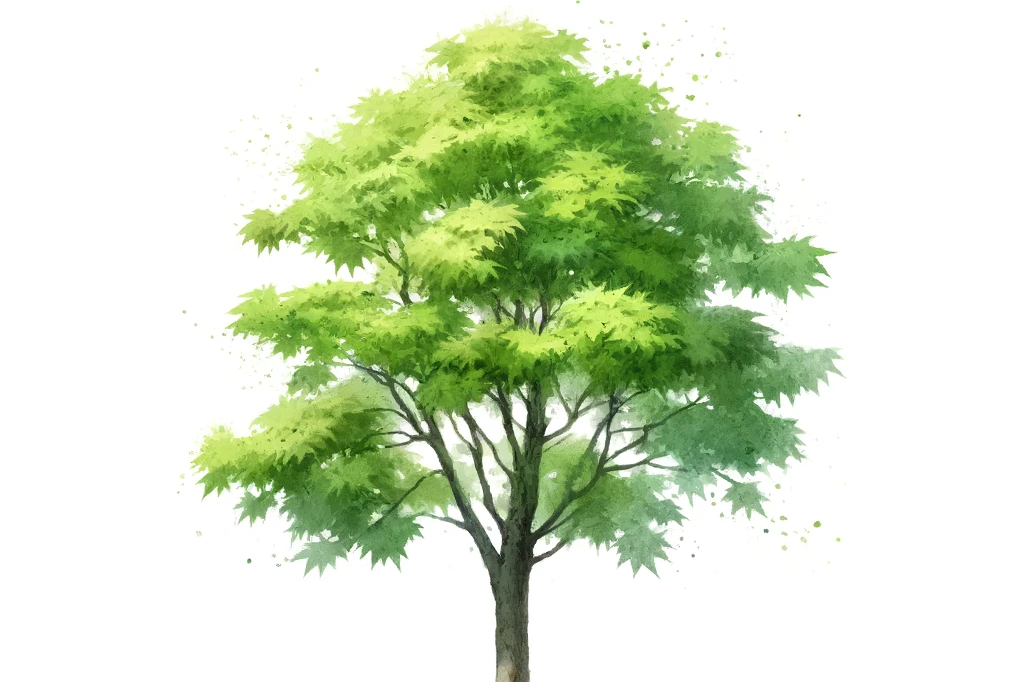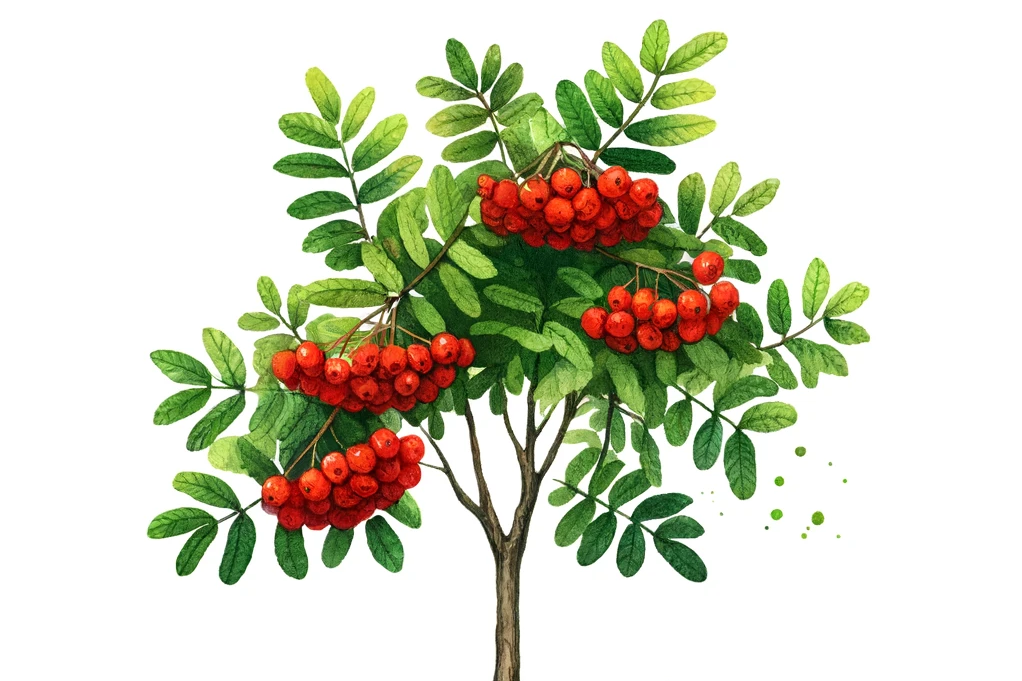Tree
When an ingredient for dog food is described as "tree", it means that this ingredient comes from a tree. For example, this could be a part of the tree, such as bark, leaves, fruit or seeds.
As a rule, parts of trees are not the main ingredient in dog food, but they can be added for various reasons. For example, certain tree seeds, such as linseed, could be added for their nutritional value. Or it could be an extract from the bark or leaves of a tree known for its health benefits.
However, it is important to note that not all parts of all trees are safe for dogs. Some trees may contain toxic substances that can be harmful to dogs.
Traditional use in phytotherapy
Plant
Tree
Garden plant
Feeding toxic
Suitable for allergy-sensitive dogs
Potential allergy trigger
Acacia tree
Traditional use in phytotherapy
Plant
Tree
Garden plant
Medicinal plant
Potential source of danger
Albizia
Plant
Tree
Ornamental plant
Feeding not recommended
Potential source of danger
American Gleditsia
Plant
Tree
Garden plant
Ornamental plant
Apricot tree
Exotic
Natural source of antioxidants
Can support skin and coat health
Source of vitamin E
Topical application
Traditional use in phytotherapy
Use in animal care
Plant
Tree
Ornamental plant
Source of healthy unsaturated fats
Argan tree
Plant
Tree
conditionally compatible
Feeding toxic
Feeding not recommended
Potential source of danger
Compatibility unknown
Avocado tree
Exotic
Intended for human consumption
Natural source of antioxidants
Can help regulate blood sugar levels
Can support the immune system
Plant
Tree
Ornamental plant
Rich in fiber
Rich in nutrients
Can be eaten fresh
Safe feeding
Banyan fig
May interact with medications
Tree
Feeding not recommended
Potential source of danger
Potential allergy trigger
Beech
Exotic
Stimulating
can have effects on the nervous system
Traditional use in phytotherapy
Plant
Tree
Feeding toxic
Can lead to addictive behavior
Potential source of danger
Potential allergy trigger
Betel palms
Plant
Tree
Garden plant
Medicinal plant
Herb
Ornamental plant
conditionally compatible
Birch
May have antibacterial properties
Colorants
Traditional use in phytotherapy
Tree
Medicinal plant
conditionally compatible
Birch bark
Plant
Tree
Ornamental plant
Feeding toxic
Potential source of danger
Compatibility unknown
Birch fig
Exotic
May have antibacterial properties
May have antioxidant properties
Natural source of antioxidants
Aroma
Disinfectant
Adaptogen
Antiseptic
Dermatological application
May have antifungal properties
May have antiviral properties
May have anti-inflammatory properties
Topical application
Traditional use in phytotherapy
Plant
Tree
Medicinal plant
Ornamental plant
conditionally compatible
Feeding toxic
Feeding not recommended
Potential source of danger
Compatibility unknown
Blue eucalyptus
Tree
Garden plant
Feeding toxic
Potential source of danger
Boxwood
Exotic
Gluten free
Fruit
Tree
Rich in fiber
Rich in energy
Rich in carbohydrates
Rich in minerals
Rich in strength
Rich in vitamins
Can be eaten fresh
Suitable for vegan diets
Suitable for vegetarian diets
Breadfruit tree
Plant
Tree
Garden plant
Medicinal plant
Herb
Ornamental plant
Feeding toxic
Potential source of danger
Maple
Regional product
Plant
Tree
Garden plant
Ornamental plant
Pear tree
Exotic
Intended for human consumption
Plant
Tree
Garden plant
Rich in nutrients
Can be eaten fresh
Compatibility unknown
Porridge apple tree
Natural source of antioxidants
Natural source of phytochemicals
Berry
Poison control
Source of vitamin C
Plant
Tree
Medicinal plant
Ornamental plant
Rich in flavonoids
Feeding toxic
Not suitable for consumption by dogs
Potential source of danger
Rowan berry